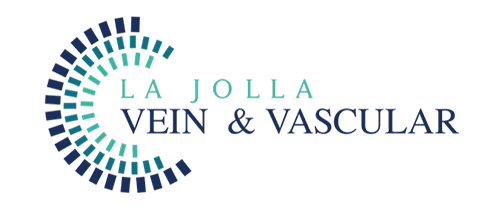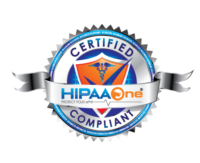Arterial Treatments
Peripheral Arterial Disease – Treatment
The treatment for the peripheral arterial disease (PAD) has two main goals. One is to manage the symptoms, including leg pain, allowing you to resume your normal physical activities. The second one is to top the progression of atherosclerosis in the body, which reduces the risk of stroke and heart attack.
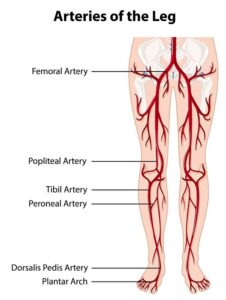
The good news is that through early intervention, you can achieve these goals through lifestyle changes. Quitting smoking is one of the most significant thingsyou can do to stop the progression of Pad. Walking and exercising regularly following supervised exercise training can improve your symptoms. However, if your peripheral artery disease is at an advanced stage, you will need additional medical treatment. Here are some of the standard peripheral artery disease treatment options available.
Atherectomy
A lower extremity atherectomy is a minimally invasive surgical procedure involving a catheter to remove plaque from arteries. The doctor usually makes a small incision in the artery to insert the catheter. The procedure is performed under local anesthesia to prevent pain. A catheter collects removed plaque in a chamber placed at its tip, ensuring that all the particles are removed from the artery. Depending on the amount of plaque in your arteries, your doctor will repeat the procedure several times to ensure optimal blood flow.
Angioplasty
Also called percutaneous transluminal Angioplasty (PTA), Angioplasty is a medical procedure performed using a catheter. A catheter is usually a thin, flexible tube inserted through an artery and guided by imaging to the narrowed section of the artery. Once the tip of the catheter reaches the narrowed section, the small balloon at the end inflates for a short period. The pressure created by the inflated balloon usually presses the plaque against the artery wall. This procedure will help to widen the arteries, restoring normal blood flow.
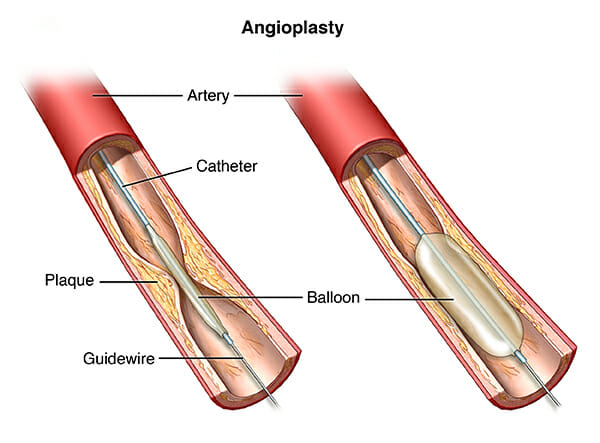
Stenting
Stenting is a procedure that is performed in combination with Angioplasty and atherectomy. Years of plaque buildup damages the artery walls. Even after cleaning the artery, the walls are often too weak to stay open. Stenting is a procedure that helps support the blood vessel walls, preventing them from closing after removing the plaque. The procedure involved placing a small mesh tube inside the artery to offer rigid support.
OUR PATIENTS SAY

We were early and didn’t have to wait at all. The tech that did my husband’s ultrasound, Monica, was very accommodating with my husband’s Parkinson’s. Doctor Lucas whom we hadn’t seen before, came to us instead of making my husband walk down to another office. She spent a lot of time getting caught up on Steve’s background issues/conditions. I was impressed by this medical group before, so I was surprised that the staff was even better this time around; I honestly didn’t think there was room for improvement!
I am pleased to recommend La Jolla Vein & Vascular. I am in the process of receiving treatment there. The entire medical staff are super friendly, welcoming and very helpful. Everyone is courteous, including the physicians. I’ve had one doctor follow my case. He’s the one who always treats me at appointments and closely follows my health. I am very comfortable going there. Would go again if needed and encourage anyone who’s thinking of making an appointment to do so asap. You’ll see what a wonderful experience it is. It’s the people who make it so special!
Everyone here is so nice! Usually front desk medical personnel are so rude. The front desk ladies Alejandra, Anna, and I think her name is Liz, went above and beyond to take care of me and my insurance issues. The techs are great too! Rachel and a male technician assisted me…both of them implemented different techniques to make me feel more at ease during an uncomfortable and painful process. These procedures were rough…and I am grateful everyone was so sweet to me. Thanks again.
The staff kept you informed as to when you would be seen and the wait was not too long. Emily took care of my ultrasound and was very accommodating giving me an extra pillow and playing a video to watch. The office is very courteous and professional- Nadia answered our questions and offered us a bottle of water. I have been seeing Dr. Bunke, but now Dr. Lucas and will continue coming to La Jolla Vein Care!
From my greeting at the front desk to the ultrasound and visit with the doctor, I received excellent care. It’s clear they care about their patients and all the staff couldn’t have been nicer or more helpful. I also appreciate how much time the doctor spent with me to explain the results and the next steps. I would definitely recommend this office to friends with vein issues.
Highly recommend! Entire staff are warm& friendly, professional and accommodating. The doctor took the time to thoroughly explain everything and encouraged me to ask questions. I never felt rushed. Significantly better experience than the other 2 vein clinics I’ve been to on the east coast. I wish I could’ve just come here from the beginning.
The staff at La Jolla Vein Care Center are outstanding. They are friendly and helpful. Dr. Lucas and my ultrasound tech were both very thorough, kind and answered all of my questions. The new office was beautiful. I feel very confident that I am in good hands and that any up coming treatments will be successful. Thank for for making me feel so comfortable.
The staff members that I interacted with were all professional, conscientious and empathetic to my complaints and discomfort. I was taken into the ultrasound room a few minutes before my appointment time. I did not have a long wait before the ultrasonographer came and ran the machine. It was also a short wait before Dr. Steinburg came into the room with a warm, welcoming smile. We discussed my ultrasound and the things I was experiencing . I scheduled another appointment for next year and was offered a bottle of water upon leaving the office. All in all, I thought it was a very satisfactory appointment.
I had the best experience at La Jolla Vein Care. Dr.Bunke is an amazing doctor with the best bedside manners, she truly cares about her patients, she explained everything to me. My procedures where so easy I was impressed how painless and fast my appointments. Anna M was very helpful scheduling my treatments and checking on me to make sure all of my questions were answered. I am very pleased thank you !!! I truly recommend La Jolla Vein Care!
La Jolla Vein care has the best staff ever. They are so nice, accommodating and professional!! Dr. Bunke is the best doctor that I ever seen. She is so friendly upfront and has the best bed side manner. I thank this office for letting me be their patient. 💜. Plus they are so careful with COVID which I really appreciate!!!
I have been having leg treatments for several months now La Jolla Vein Care. Every time I go to an appointment; the staff is so friendly and takes such good care of me; always informative; not in a rush and always friendly (especially Alejandra & Anna to name a few). Of course Dr. Lucas is amazing. The treatments have changed my life. Overall this has been an incredible experience.
The office is exceptional, from front desk, to exam staff to the physicians. They have created a welcoming, relaxing environment, and take their time in examining and consulting with you to provide the best outcome. I highly recommend La Jolla Vein & Vascular for the assessment and treatment of your vein and vascular function.
Dr De Young is personable and thorough in his explanations. Exceptional.
Beautiful facility! I walked in without an appointment and they took me right away! It was even the end of the day…I was so grateful…Every single person was soooo pleasant! Super impressed ❤️
When I arrived for the first time, I could barely walk. My legs were red and swollen. After my treatments, I can now walk again. I’m so thankful to the doctor and his staff. They are caring, supporting and knowledgeable about my issues. Five Stars all the way!!!!
Make An Appointment
To make an appointment or to inquire about how we can help you understand your treatment options
La Jolla – Text us or Call 858-550-0330
Vista – Text us or Call 760-249-7007

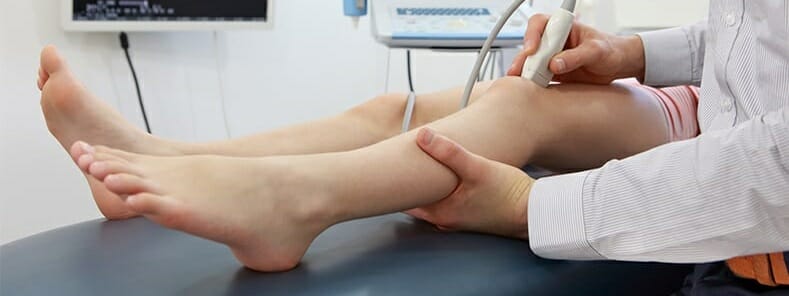 The primary goal for the atherectomy is to eliminate plaque buildup in the artery. You may need this procedure when your arteries become too narrowed or blocked due to increased plaque. When the arteries are blocked, blood flow is restricted, meaning that your tissues will not have sufficient oxygen and nourishment they need to survive. Insufficient blood flow causes the muscle in your feet to cramp and lose strength.
The primary goal for the atherectomy is to eliminate plaque buildup in the artery. You may need this procedure when your arteries become too narrowed or blocked due to increased plaque. When the arteries are blocked, blood flow is restricted, meaning that your tissues will not have sufficient oxygen and nourishment they need to survive. Insufficient blood flow causes the muscle in your feet to cramp and lose strength.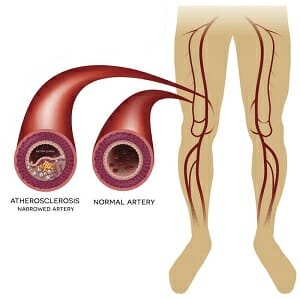 We usually perform the procedure in our facility. Our board of certified doctors has undergone rigorous training to ensure the best possible results. We also have a state-of-the-art facility with modern atherectomy tools that ensure success even for complex conditions. Our doctors also have a vast wealth of experience in this field. Having performed thousands of atherectomy procedures is sure that you are in the right hands.
We usually perform the procedure in our facility. Our board of certified doctors has undergone rigorous training to ensure the best possible results. We also have a state-of-the-art facility with modern atherectomy tools that ensure success even for complex conditions. Our doctors also have a vast wealth of experience in this field. Having performed thousands of atherectomy procedures is sure that you are in the right hands.
























